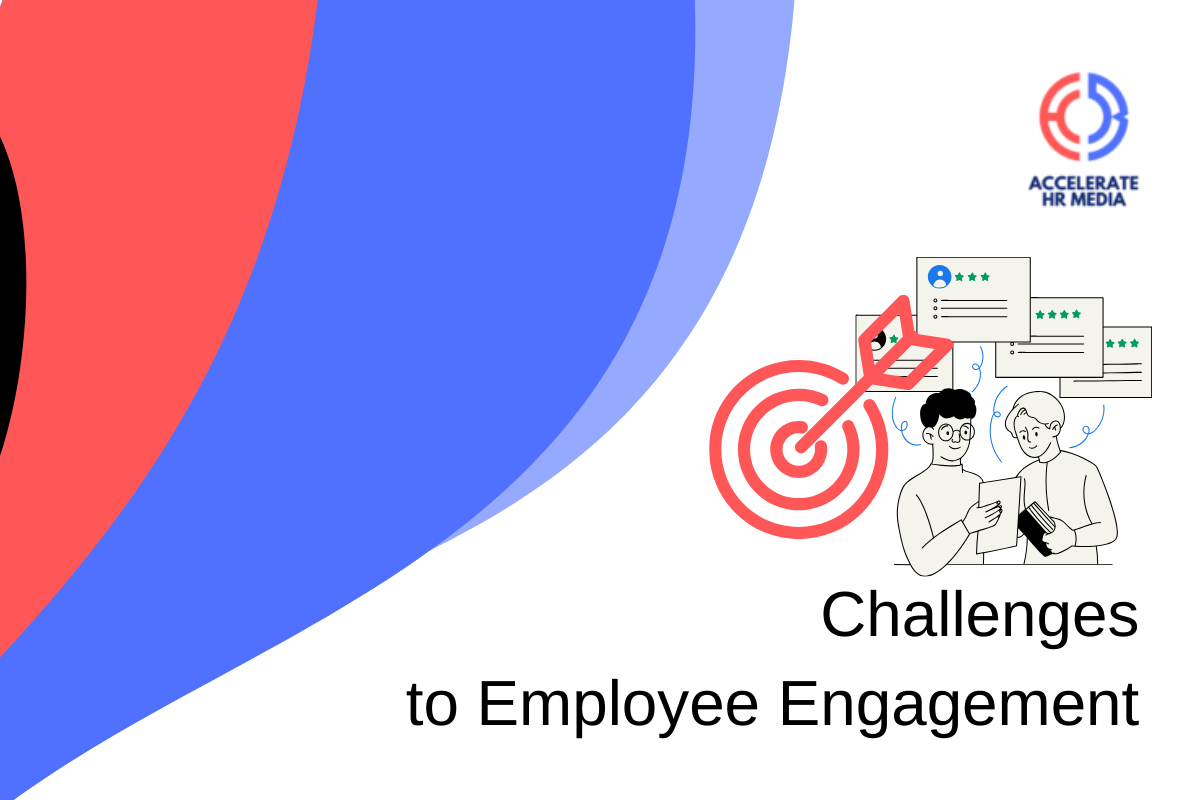
Employee engagement is a critical component of organizational success, influencing productivity, retention, and overall workplace morale. However, many organizations need help in fostering and maintaining high levels of engagement among their workforce. This blog will explore these challenges and provide insights into effective strategies for overcoming them, focusing on the future of work, employee recognition and appreciation, advocacy, voice, and empowerment.
Challenges to Employee Engagement
Employee engagement is a vital aspect of any successful organization. It refers to the emotional commitment that employees have to their work and the company they work for. Engaged employees are more productive, stay longer with their employers, and contribute positively to the workplace culture. However, achieving high levels of employee engagement is not without its challenges. This blogs will break down these challenges in simple terms and provide practical solutions to help organizations foster a more engaged workforce.
What is Employee Engagement?
Before diving into the challenges, it’s essential to understand what employee engagement means.
Definition: Employee engagement is the level of enthusiasm and dedication an employee feels toward their job. It goes beyond job satisfaction; engaged employees are passionate about their work and are willing to go the extra mile.
Importance: Engaged employees are more productive, provide better customer service, and are more likely to stay with the company. This leads to lower turnover rates and higher overall performance for the organization.
Key Challenges to Employee Engagement
- Lack of Recognition and Appreciation
One of the most significant challenges to employee engagement is the lack of recognition. When employees feel their hard work goes unnoticed, their motivation can plummet. Formal Awards - Poor Communication
Effective communication is crucial for keeping employees engaged. When employees feel they are not being heard, it can lead to frustration and disengagement. Regular Check-Ins - Limited Opportunities for Growth and Development
Employees want to grow in their careers. When organizations fail to provide opportunities for advancement, engagement can suffer. Training Programs - Inadequate Work-Life Balance
In today’s fast-paced world, employees value work-life balance more than ever. When they feel overwhelmed by their workloads, engagement can drop. Flexible Work Hours - Lack of Employee Voice
Employees want to feel that their opinions matter. When they feel excluded from decision-making processes, engagement can decline. Suggestion Boxes
The Future of Work and Employee Engagement
As we move into the future of work, new challenges and opportunities for employee engagement are emerging. The rise of remote work, the gig economy, and technological advancements are reshaping how employees interact with their workplaces.
- Remote Work and Engagement
- The shift to remote work has changed how employees engage with their jobs. While many enjoy the flexibility, others may feel isolated. Virtual Team-Building Activities
- Emphasizing Employee Advocacy
- Employee advocacy is becoming increasingly important. When employees feel they can advocate for their needs and the needs of their colleagues, engagement levels can rise.Providing Platforms
- Fostering Employee Empowerment and Ownership
- Empowering employees to take ownership of their work can significantly enhance engagement. When employees feel trusted to make decisions, they are more likely to be invested in their roles. Delegating Responsibilities
Strategies for Overcoming Engagement Challenges
To effectively tackle the challenges of employee engagement, organizations can adopt the following strategies:
- Create a Positive Work Environment
A positive work environment is essential for employee engagement. This includes fostering a culture of respect, inclusivity, and support. Encourage Team Collaboration - Invest in Technology
Technology can play a significant role in enhancing employee engagement. By investing in the right tools, organizations can streamline processes and improve communication. Use Employee Engagement Software - Foster a Culture of Feedback
Employee well-being is closely tied to engagement. When employees feel supported in their personal and professional lives, they are more likely to be engaged. Offer Mental Health Resources - Preventing Employee Burnout in High-Stress Industries
This dives into the unique pressures faced by professionals in demanding fields like healthcare, finance, or tech. It calls for solutions beyond general engagement strategies, focusing on stress management, workload balance, and fostering a culture of wellbeing. - Strategies for Improving Internal Communication to Boost Employee Engagement:
This tackles the crucial role of communication in fostering engagement. It explores ways to make communication channels more efficient, transparent, and employee-centric, ensuring everyone feels heard and informed. - Effective Employee Recognition Programs for Fostering a Culture of Appreciation:
This focuses on the power of recognition in building a positive and engaged workforce. It explores different program structures, best practices for meaningful recognition, and the impact of appreciation on employee motivation and retention.
Conclusion
Employee engagement is a critical factor in the success of any organization. By addressing the challenges of recognition, communication, growth opportunities, work-life balance, and employee voice, companies can create a more engaged and motivated workforce. As the future of work continues to evolve, organizations must remain adaptable and proactive in their approach to fostering employee engagement. By prioritizing these strategies, companies can not only enhance employee satisfaction but also drive overall organizational success.
In summary, overcoming the challenges to employee engagement requires a commitment to creating a positive work environment, investing in technology, fostering a culture of feedback, and promoting employee well-being. By taking these steps, organizations can ensure that their employees remain engaged, motivated, and committed to their work.
